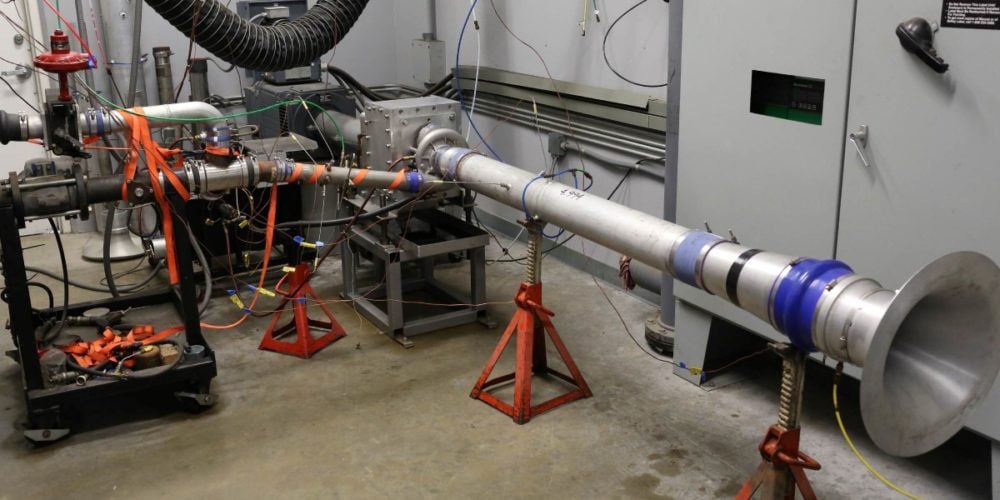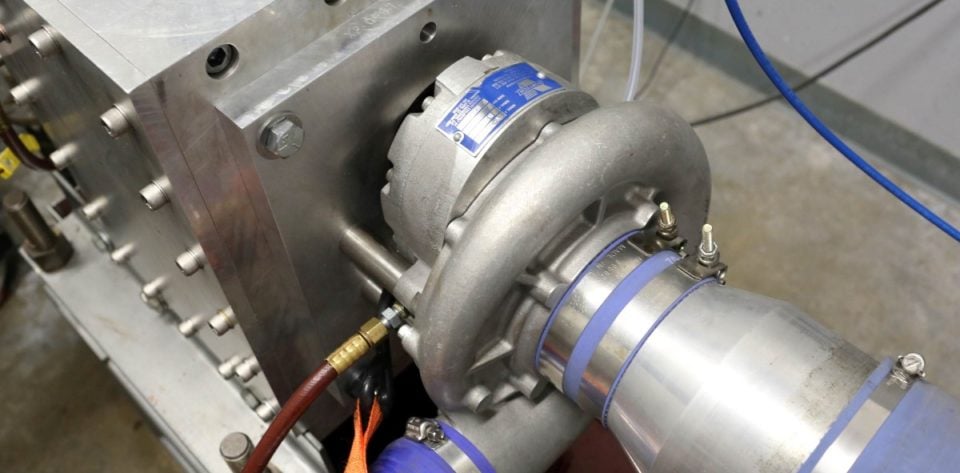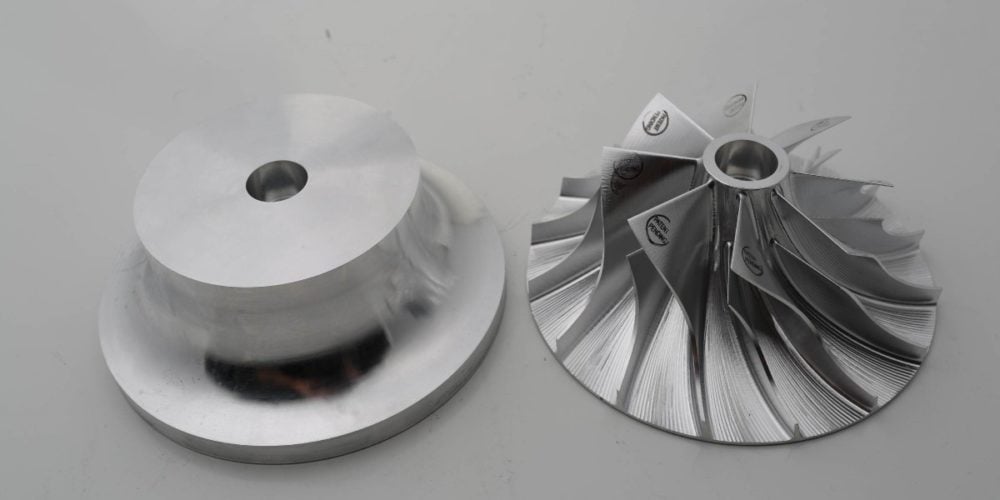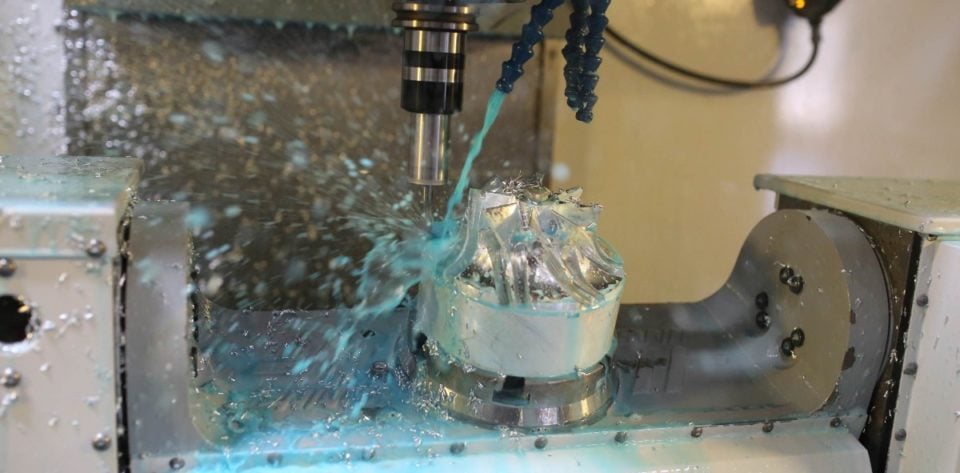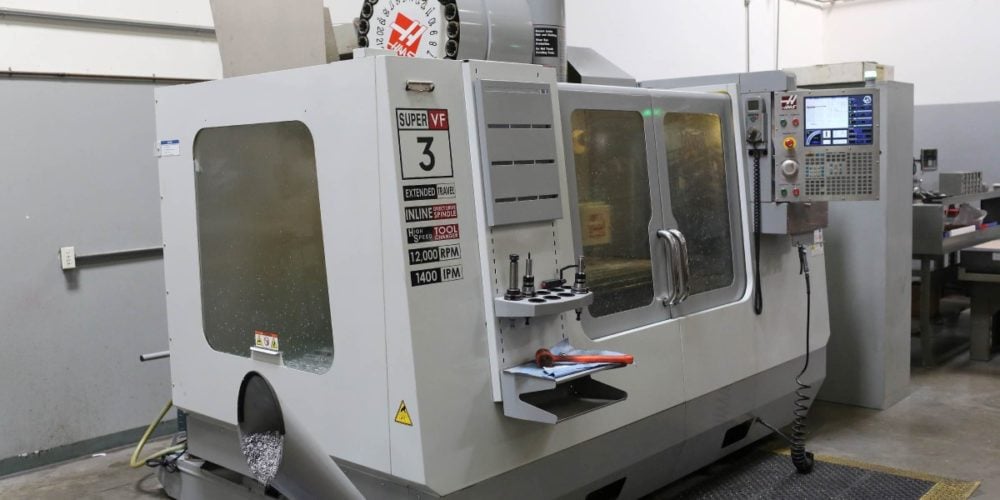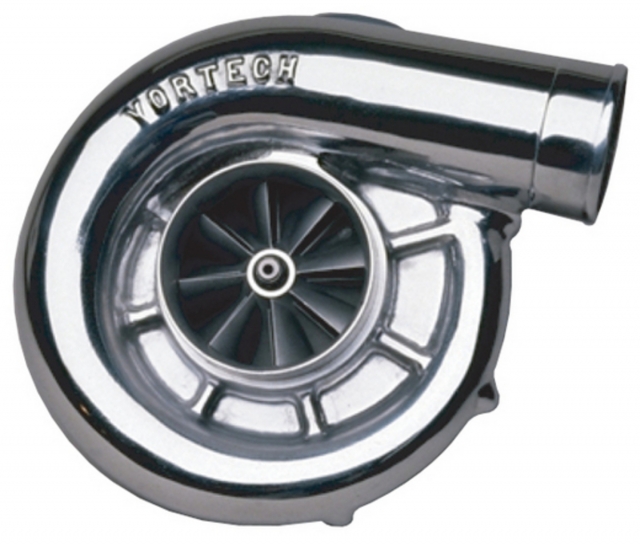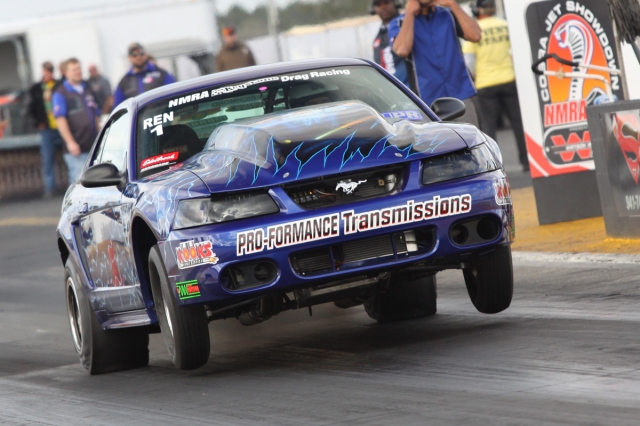In the automotive realm, there’s one constant, and that is the notion that technology marches on. Advancements in material construction, manufacturing, and efficiency technologies ensure that the latest and greatest products tend to sit at the top of the heap in terms of performance.
In the case of Vortech Superchargers and the V-7 YSi supercharger, the product has performed at a top level for years now. It also has a home under the hood of NMRA Renegade eight-time class champion Brian Mitchell’s well-regarded entry, but the time has come for a change. Recent developments in the supercharger world have Jim Middlebrook and the team at Vortech working on a redesign of the unit using current manufacturing techniques and materials.
The end goal is to assure the YSi’s stance among the world’s best street-style racing superchargers remains secure, and to that end they’ve spent hundreds of hours on this project. The supercharger is designed for the street-going customer that’s unwilling to accept compromises and is looking for the most capable, highest-horsepower centrifugal supercharger for their project.
“The current YSi as we know it has been out on the market for eight or nine years, and prior to that it had a few versions, starting as the Y, then the YS, then the first version of the YSi and this redesigned YSi,” says Vortech’s Lance Keck.
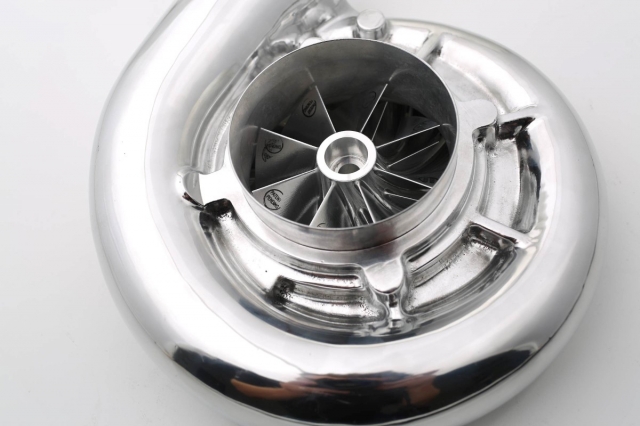
Vortech’s YSi supercharger design has been at the pinnacle of street-style superchargers since its introduction, but it was time for a redesign of the unit’s capabilities.
Engineering
Superchargers operate based on Euler’s turbomachinery equation, which was developed in the 18th Century, and states: The work imparted to a fluid by an impeller is related to the change in angular momentum of the fluid. A supercharger, by design, increases the air density at the inlet to the engine.
What this means is that as the air (fluid) moves through the compressor, it performs work (makes boost) as the direction of the air is changed in the compressor’s airflow path. The impeller must be built to induce a minimum of turbulence and maximize the flow at the same time.
The Vortech test lab is the only one in the aftermarket that can test a supercharger to SAE J1723 specifications. The company uses a motor to drive the supercharger and tests a variety of different measurables to uncover the results of their engineering process.
Air is drawn in through the inlet of the supercharger and compressed by the impeller. As it leaves the impeller, the air has high speed characteristics, but low pressure. After the air leaves the impeller, it passes through the diffuser on the back side of the supercharger, converting it to high pressure, low-speed air (remember, you’re still thinking of it as a fluid) that is considered boost. This air is subsequently forced into the engine, where the high-pressure air is combined with fuel to burn the higher-oxygen, higher-fuel-content mixture in the cylinder.
Vortech uses a parallel wall diffuser combined with a progressive scroll in their superchargers to optimize performance for a given application. The airflow must be diffused to allow the pressure rise to occur with minimal losses, and the diffuser is optimized to the impeller flow physics to achieve maximum efficiency.
The Redesign Process
Taking a supercharger that has been at the forefront of performance and redesigning it isn’t without its pitfalls, however. The ability to design a new compressor wheel in three-dimensional modeling software has cut the amount of time required to generate a new design down substantially over older methods, but it’s still a lengthy process.
“We’ve been working on the new design from concept to this point for about the last four and a half months – it’s a big priority for the company. Most of the testing has been done through software, and through that we’ve been able to evaluate different characteristics. Once we’re happy with the characteristics that the software provides us, then we go to the five-axis CNC machine to cut a wheel and test it. Fortunately we’ve been doing this long enough that this wheel design has turned out to be quite good right off the drawing table. The software affords us the ability to see what our concept is going to be before we ever cut any material,” says Keck.
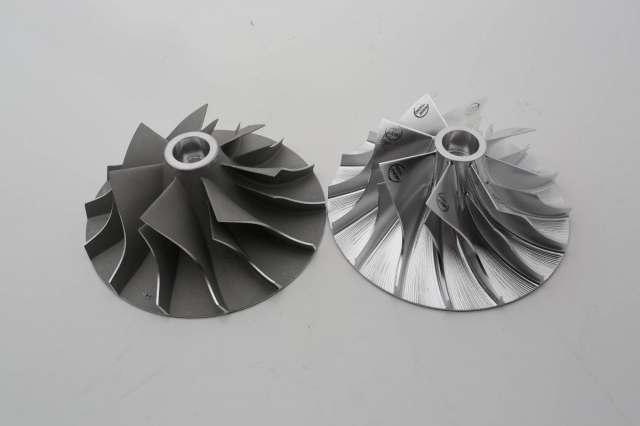
The current YSI’s cast wheel on the left, and the new billet wheel on the right. Advances in material construction as well as aerodynamic testing have resulted in a product that is substantially better across all performance areas.
“Once we’re done and we’re happy with what our inputs are to the software, and what it generates for blade contour and all of the other elements that go into the compressor wheel design, then we can go and start cutting material,” Keck explains.
(Left) The impeller starts as a hunk of aluminum. Middle - It's placed into the five-axis CNC machine for processing to achieve the final profile. (Right) The final result is an impeller with vastly different characteristics when compared to the current cast wheel.
“It’s a natural progression of us wanting to improve our product. The YSi has been an extremely good product for many, many years, and we want to keep it at the forefront. Racing is driving a lot of what we’re doing now. We’ll continue to do this with all of our product to try to keep ahead of everyone else,” Keck says.
New Wheel Design
Driving Refinements
The Vortech Superchargers team is constantly on the lookout for improvement in their products. From their very first A-Trim supercharger that Middlebrook developed back in the late 1980s to today’s world-beating V-20 supercharger family (Xi, XB-105, and V-28 123mm), Vortech has used their racing exploits to drive innovation, resulting in high-quality proven superchargers for their street-car customers.
They’re using the data discovered on the racetrack to build supercharger designs that are built from the outset to perform regardless of the requirements. The latest iteration of the YSi supercharger assures them of a product that will continue to excel for years to come.
This is Vortech’s second application of a billet compressor wheel in a larger street supercharger of this type — they also offer a billet wheel in the V-11 XB-110. In addition, they have a billet wheel in the smaller V-3 H67B supercharger kits used on the Scion FR-S and Subaru BRZ sport-compact application.
Cast compressor wheels in high-volume sales applications make the most sense, especially from a cost perspective, but the limited-use applications can benefit from the use of the billet wheels thanks to the ability to make design changes on the fly and get product to market more quickly.
“The new YSi has much more potential from 40,000 rpm to what we would consider redline – it has picked up considerably on the track over the older model. You won’t lose any power on the bottom, but the power curve just continues to go up.”
The main differences between the old-style YSi and the new YSi design are most evident in the dimensions of tip-to-tip wheel height, blade count, angle of attack, and backsweep – all of those things contribute to the differences between the two wheels. The blade count has increased, and the tip height of the compressor wheel has also increased. Those two items specifically contribute to more pressure and more efficient airflow.
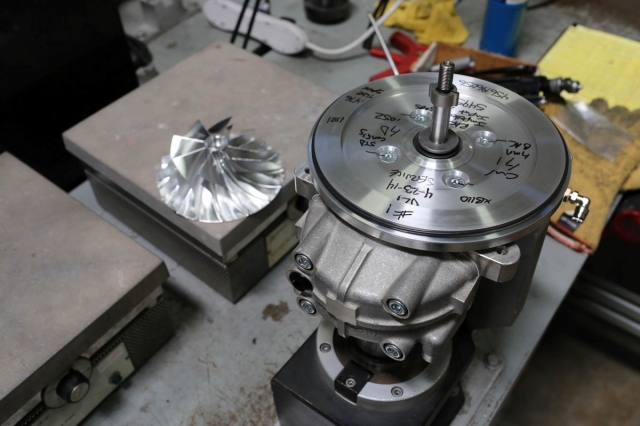
Here’s one of Vortech’s V-20 XB-110 superchargers during the assembly process. Note all of the important measurements written right on the unit.
Testing Results
The new YSi has much more potential from 40,000RPM to what we would consider redline – it has picked up considerably over the older model. – Lance Keck
This version of the YSi has been handed over to none other than Brian Mitchell for use in testing (not in competition) on his NMRA Renegade car, and so far his feedback has been extremely positive.
“It’s bad ass. I tested it back to back with the old unit, and it’s worth a four pound increase of boost and .18 on a timeslip. I had to install an intercooler into my car after putting it on – it necessitated the installation to cool the air charge temperatures and bring the boost levels back down to a more tunable level. Back to back, the old YSi unit made 21 pounds of boost through the cooler, and the new YSi made 25 pounds through the cooler. Using the new supercharger added approximately 150 horsepower to my combination,” says Mitchell.
The boost increase was noted both with and without the intercooler as Mitchell has tested the car both ways. The addition of the intercooler necessitates a 150-pound weight adder for NMRA competition, so Mitchell strapped the weight into the car and has been testing with the unit ever since to try to gain a handle on the increased performance. “The intercooler not only cools the air, but it also changes the air density. The air that’s coming in is more dense, which allows more air to enter the engine, which in turn lowers the restriction. It’s the next step — it’s simply awesome,” he says.
In Conclusion
Staying on top of the field with any power-adder requires constant refinement and engineering data, and Vortech Superchargers, in conjunction with the racers on their team, appear to have a pretty good handle on keeping the YSi design running at the front of the pack. We expect to see more testing results in the upcoming weeks and months, along with the release of the supercharger to the buying public – which should gobble up these bad boys at an astounding rate.




